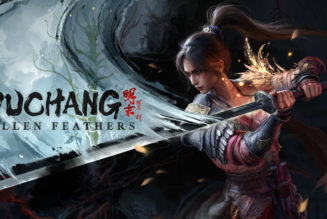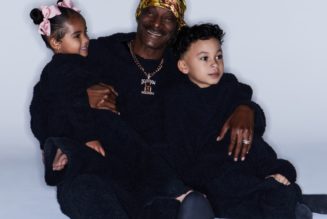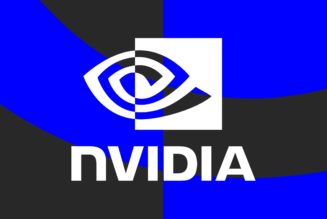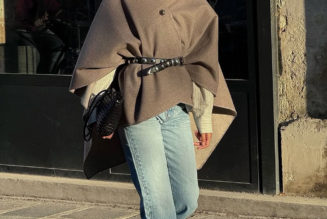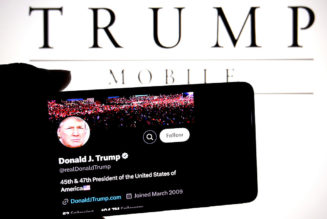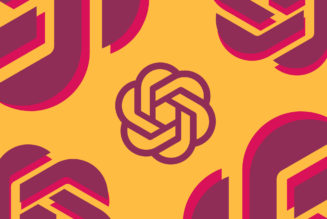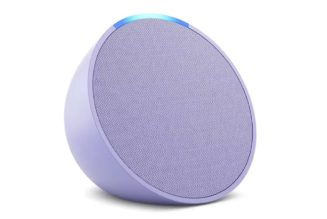“We wanted to make something on a huge scale that also has a huge meaning: painting the world’s biggest landmarks and monuments is also a statement, the same way that Louis Vuitton painted their boutiques and stores,” says Geoffrey Perez, Snap’s head of luxurious. “It’s a way for the Louis Vuitton and Kusama teams to show the bridge between online and offline; they’re digitally painting their dots on top of the real world.”
By focusing on augmented reality, manufacturers and users can experiment with the technology while staying connected to the physical world. “Augmented reality is connected to the ‘real world,’” Perez says. “AR is the healthiest way to think of the evolution of the web, rooted in real life and humans — rather than escaping into VR.”
This marks the french luxury houses’ second collaboration with Japanese artist Yayoi Kusama to create a stunning campaign since their last collaboration in2012. The campaign was created using Snap’s Landmark lenses; by opening the Snapchat app, users in certain global cities can search for the brand’s page or Lenses and choose the landmark in front of them to witness Kusama’s signature dots overlayed on-screen. This collaboration mirrors Louis Vuitton’s iconic leather goods collection, also covered in dots.
Following along their other latest activations around the world, such as a takeover of Tokyo’s giant Cross Shinjuku Vision billboard and the placement of a moving Yayoi Kusama animatronics robot on the 5th Avenue store in New York City, and their massive makeover to its Maison Champs-Élysées flagship store in Paris.
This latest project is just one of many ways that the luxury brand has embraced the power of augmented reality. The partnership between Louis Vuitton and Snapchat is an expansion of some of the brand’s earlier experiments with the app, starting in 2019. This involved rendering Virgil Abloh’s Keepall bag in augmented reality. Snap has since created Lenses featuring a pumpkin face filter inspired by Yayoi Kusama, as well as one that projects dots onto the user’s surroundings. According to Geoffrey Perez, the head of luxury at Snapchat, the aim of this new venture was to “go bigger”.
Zoooom with Friends land at Vendôme. @VirgilAbloh’s crew of animated characters created for #LVMenSS21 are back in Paris after traveling the world. Visit the #LouisVuitton Vendôme store to unlock an exclusive AR filter in the Louis Vuitton App at https://t.co/di9bHPvbnw pic.twitter.com/zXNDXBV4kG
— Louis Vuitton (@LouisVuitton) January 27, 2021
In a statement, Pierre Castillon, director of digital media at Louis Vuitton, said the Snap partnership allowed the brand to “extend our creativity through a new technology playground, just like we did physically in our stores”
The use of Augmented Reality (AR) is becoming increasingly popular among brands that are looking to expand their vision and storytelling. AR technology allows brands to create a unique and engaging experience for their customers by enabling them to interact with products in a virtual environment. Brands can use this technology to create interactive content, such as 3D objects, videos, and animations that can be viewed from their customers’ smartphones or tablets. By combining their products with the power of AR, brands can bring their stories to life and give their audience a memorable, immersive experience.
“It’s about inspiring and showcasing the artwork,” Perez says. “It shows how the world is a canvas. We’re just getting started painting the world out there — not just with colourful dots, but with more utility-focused options.”
For more news about AR, blockchain, NFTs, and Web3, visit Hypemoon.com.
